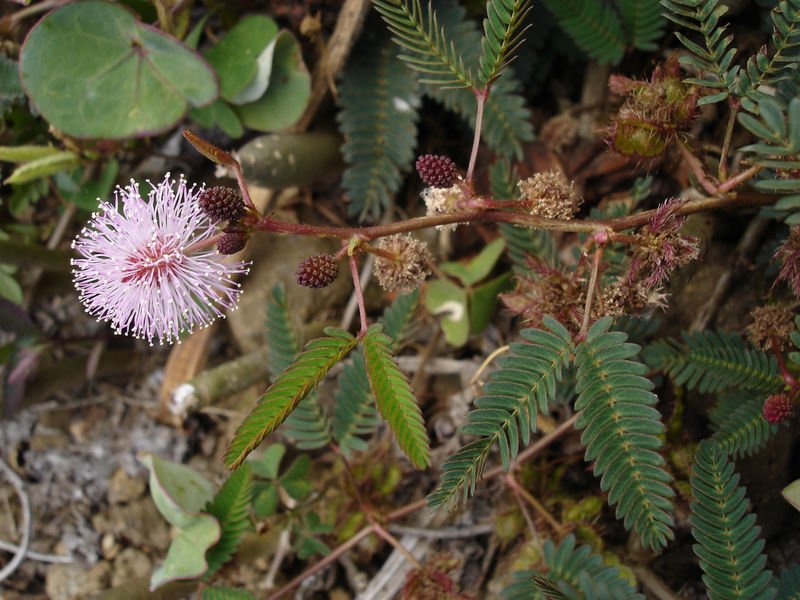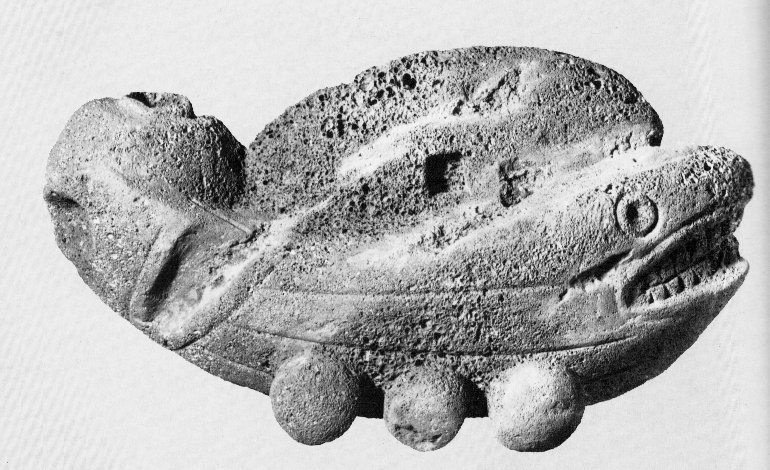|
TRANSLATIONS
Ga1-1 and Ga1-30, which stand at the beginning and end of the first glyph line, together may be related to Ga8-4:
Not only are there Rei, but also signs looking like haga rave (inverted in Ga8-4):
Rei appear only on side a:
No such restriction hampers the Rei glyphs in A. Te Puoko Uri and Tama could be related. Not only are there little 'bulbs' at bottom, but the distance from one to the other is 10 * 29.5 = 295 glyphs:
In A it was found that the glyphs of Te Pei were ordered in two groups, the first of which is:
Then comes glyph line a7 which is a special calendar, beginning thus:
In Aa7-3 a strange arrangement of signs should remind us about a glyph at noon:
Tapa mea in Aa7-7 is reversed, and 3 'balls' come instead. A similar reversal appears in Te Pou in G:
Gb2-22 (triplet of 2:s) is glyph number 277 (counted from Ga1-1), while Aa7-7 is glyph number 507 (counted from Aa1-1). 277 is a prime number, while 507 = 3 * 13 * 13. With 13 * 13 = 169 it is natural to count 3 * 168 = 504 and then we find Aa7-4 (the first glyph of its type). 504 = 6 * 84 = 21 * 24 = (3 * 7) * (3 * 8). The first 6 glyph lines have 500 glyphs, and the last of them is Aa6-84 (= the last one in the first half of Te Pei). Reading each two glyphs as one day, 6 * 84 glyphs means 6 * 42 = 252 days. Maybe it means Aa7-4 indicates the beginning of the 2nd part of the cycle. 252 days = 36 weeks. Maybe Te Pei is a station which is 'cut-off' in the middle according to Tahua, with one part (the first) relating to the end of sun and the second part describing how 'night' has come. Sirius (Te Pou) can be observed only during the night. According to G 'night' comes immediately, already with the 1st glyph in Te Pei:
On the other hand the glyphs from a point about halfway through Te Pei indeed are more 'dark' than those before, with clear signs of rau hei. ... The upside down hanging victims (rau hei, mimosa branches) may be Easter Island 'decorations' of the same kind as those called ra'a nu'u, sacredness (ra'a) of the host (nu'u) on Tahiti, beautiful offers to the gods.
The Sensitive plant (Mimosa pudica L.) is a creeping annual or perennial herb often grown for its curiosity value: the compound leaves fold inward and droop when touched, re-opening within minutes. Mimosa pudica is native to Brazil, but is now a pantropical weed. Other names given to this curious plant are Humble plant, TickleMe Plant, Shame plant, Sleeping grass, Prayer Plant, Touch-me-not, Makahiya (Philippines, meaning 'shy'), Mori Vivi (West Indies), mate-loi (false death) (Tonga). The Chinese name for this plant translates to 'shyness grass'. The species epithet, pudica, is Latin for 'bashful' or 'shrinking', because of its curious nature and easy procreation. Its Sinhala name is Nidikumba, where 'nidi' means 'sleep'. The seeds are currently marketed to children under the name 'TickleMe Plant'. The stem is erect in young plants, but becomes creeping or trailing with age ... In the evening the leaflets will fold together and the whole leaf droops downward. It then re-opens at sunrise ... And the suspected week glyphs (from Gb1-26 - as in Aa1-26) should imply night has fallen (or, of course, that the 'day' has 'fallen'). With Gb2-1 as Sunday, the week will end with a new Sunday at Gb2-8. Then follows two glyphs which announce Te Pou. It does not necessarily follow that Te Pei should have 29 days (instead of 30). Nor does it imply that the border lines between the stations are fluid. Instead, it presumably means there are several ways to read - not only according to the measure 29.5 but also for example with 30 as a base. The measure from Te Pou to Hanga Te Pau has been observed earlier:
Does it mean that the daylight suddenly diminishes with the arrival of Sirius? No, the calendars indicate it happens somewhat earlier. It is the main event of Te Pei. Measuring 8 * 29.5 = 236 as the beginning of Te Pei (according to G) we should relate the number to 12 * 29.5 = 354, meaning that the last third of the cycle (118 days) is dark. If we instead use 13 * 29.5 as the end of the cycle, 148 days (5 lunar months) will be dark. In the stone fish the dorsal fin, shaped like a hare paega, tapers off and transforms into what could be a haga rave sign:
|
|||||||||||||||||||||||||||||||||||||||||||||||||||||||||||||||||||||||||||||||||||||||||||||||||||||||||||||||||||||||||||||||||||||||||||||||||||||||||||||||||||||||||||||||||||||||||||||||||||||||||||||||||||||||||||||||||||||||||||||||||||||||||||||||||||||||||||||||||||||||||||||||||||||||||||||||||||||||||||||||||||||||||












































